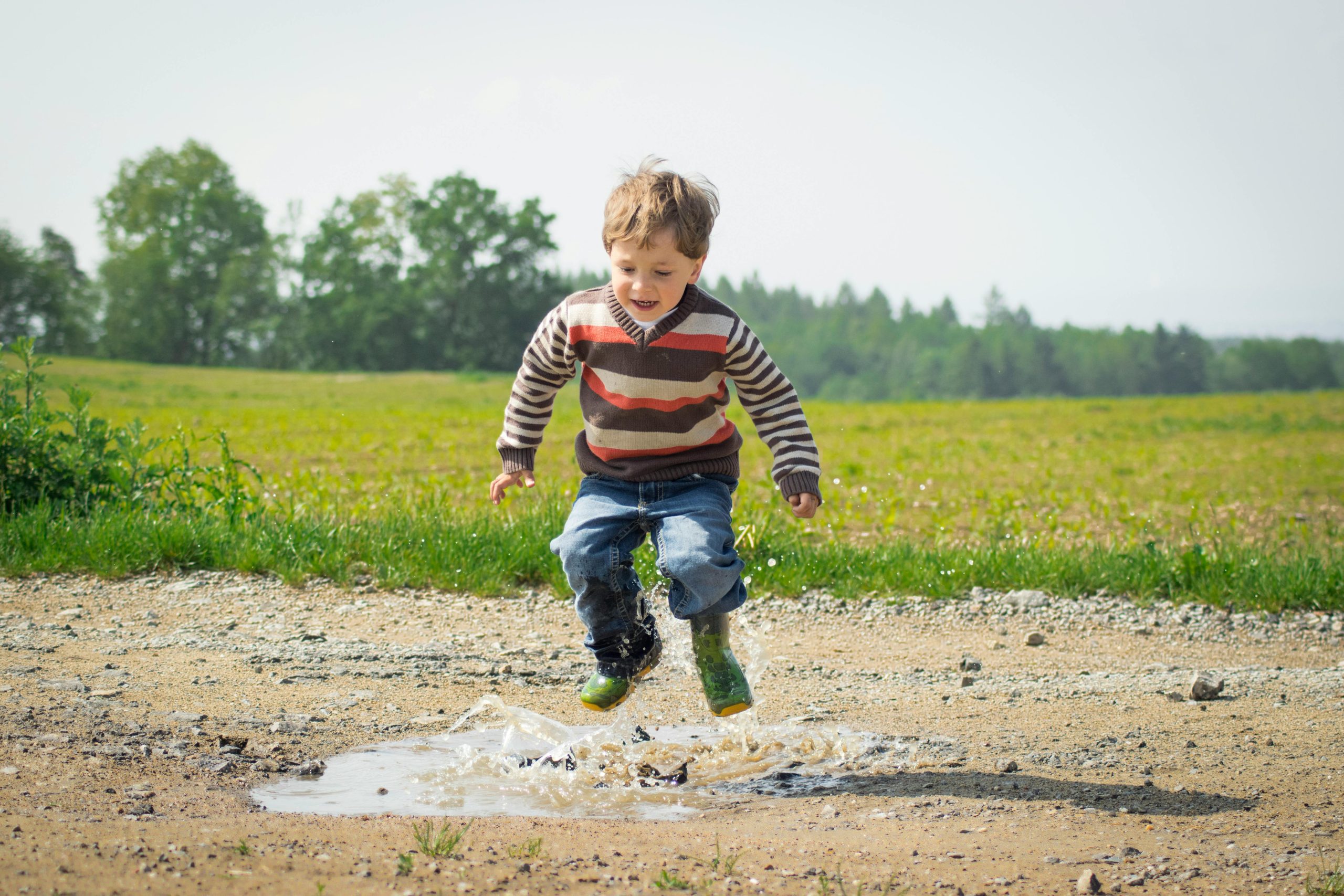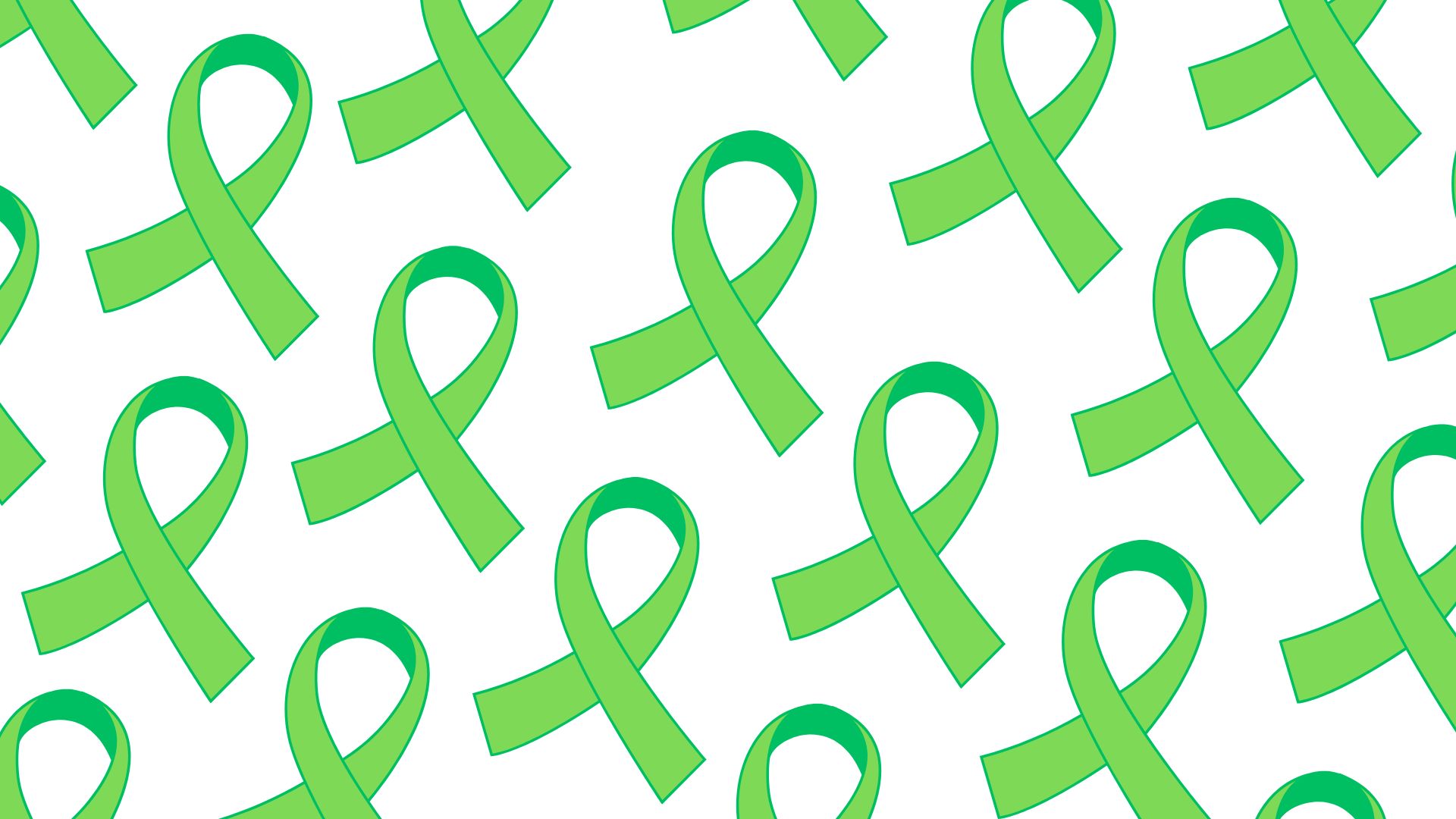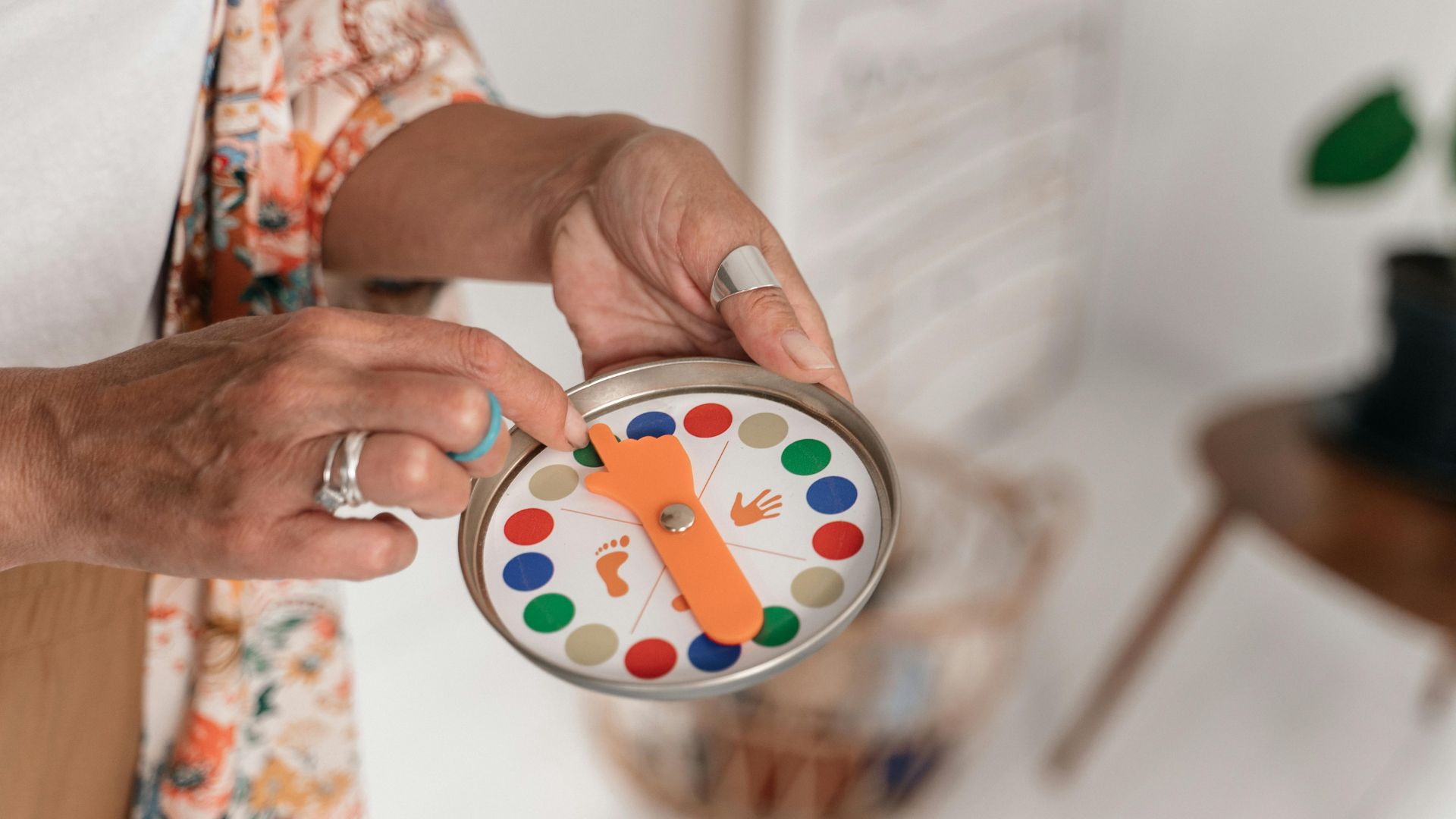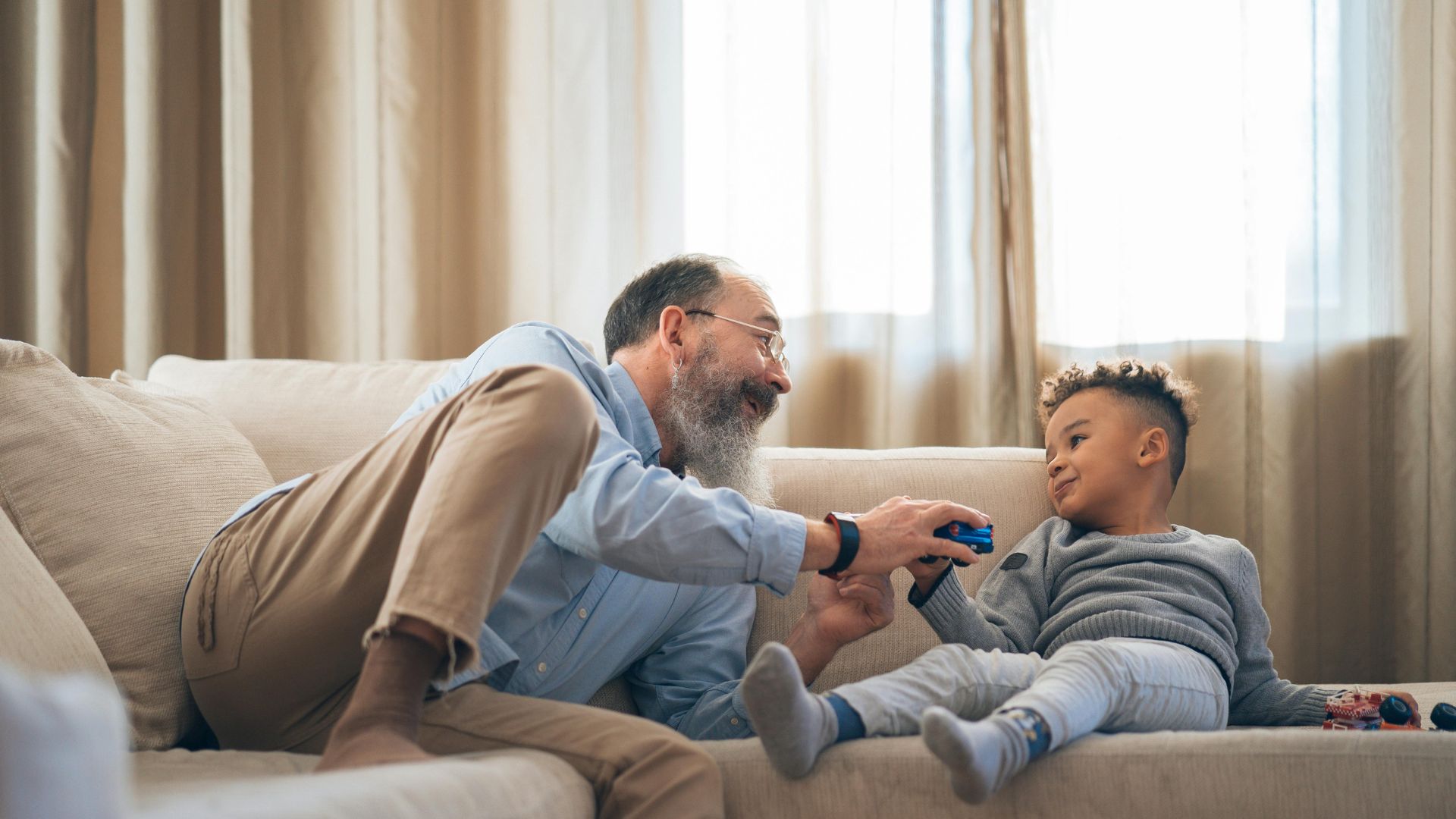Play Hard: The Power of Play Therapy
Michelle Marenna, MS.ED, LCSW
Oct 3, 2019
Consider this interaction between a mom and five year old:
Mom: Why did you kick your brother?
Five year old: My friend Tommy was provoking me at school, and my frustration started to build into anger. I tried to repress it, but then when I got home, I transferred that anger to my brother by acting out physically.
If this scenario is foreign to you, you are not alone. You may be more familiar with your child responding by hitting, yelling or shutting down. Children do not have the language to process their experiences and emotions the way that adults do.
Further, children who are struggling with social or emotional challenges need an outlet unlike typical talk therapy and play therapy is the answer.
Is it really just play? Simply put, yes. But there is so much more. Behind the play is a research based therapeutic model, along with a licensed, trained clinician to support the child’s growth. While there are different types of play therapy approaches ranging from non-directive (Child Centered Play Therapy) to more directive (Cognitive Behavioral Play Therapy), all Play Therapy methods are rooted in the therapeutic powers of play. These mechanisms for change within the play impact thoughts, feelings and/or behaviors by facilitating communication, fostering emotional wellness, enhancing social relationships and increasing personal strengths.
According to research from the Association for Play Therapy (a4pt.org), play therapy has been shown to be an effective intervention for children ages 3-12 across genders and cultures to reduce social, emotional and behavioral concerns and support a positive and healthy lifestyle (apt.org).
In a therapeutic playroom, you will find a variety of toys for children to create, communicate and imagine. Toys are specifically chosen and can be organized into three main categories. There are toys for mimicking real life, acting out/releasing aggression, and creative expression/emotional release. Play therapy allows children to be who they are and use their natural language of play to express themselves. During this play, children work through difficult situations and feelings to achieve healthy functioning. While the role of the therapist seems passive, it is, in fact, to be an active emotional presence. According to Gary Landreth, one of the forefathers of play therapy, the role of the therapist is “not to reshape children’s lives or make them change in some predetermined way but, rather, to respond in ways that facilitate release of the creative potential that already exists within them” (Landreth, G. L., 2002, p.111).
I am a Social Worker joining Shoreline PBH in providing developmentally appropriate mental health resources for children ages 3-12. We built a fully equipped playroom stocked with toys that foster self-expression and facilitate the change process through play. The sky is the limit for how truly transformational the power of play can be.
Written by Michelle Marenna, MS.ED, LCSW
Landreth, G. L. (2002). Play therapy: The art of the relationship. New York: Brunner-Routledge.












